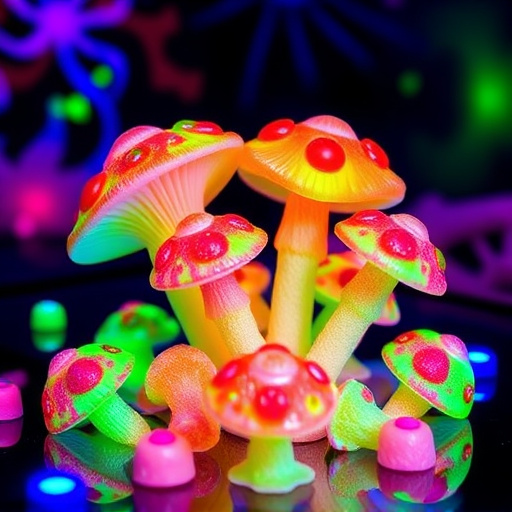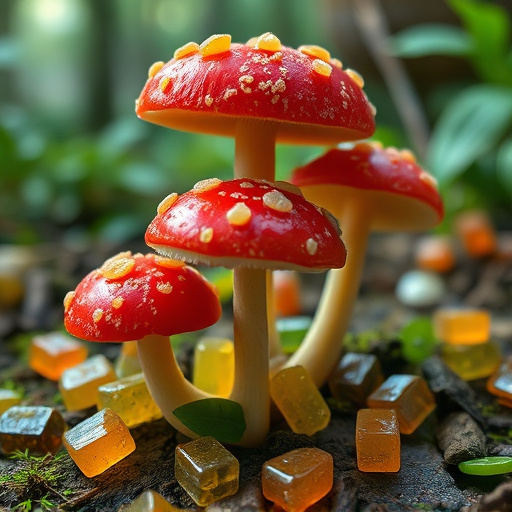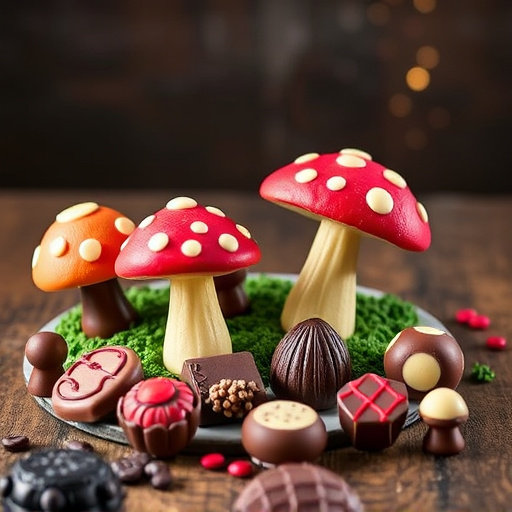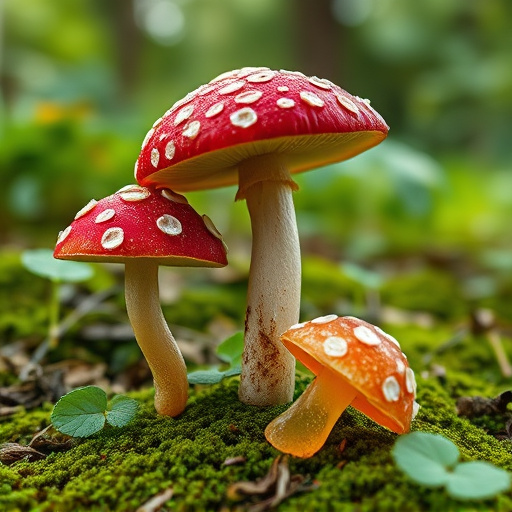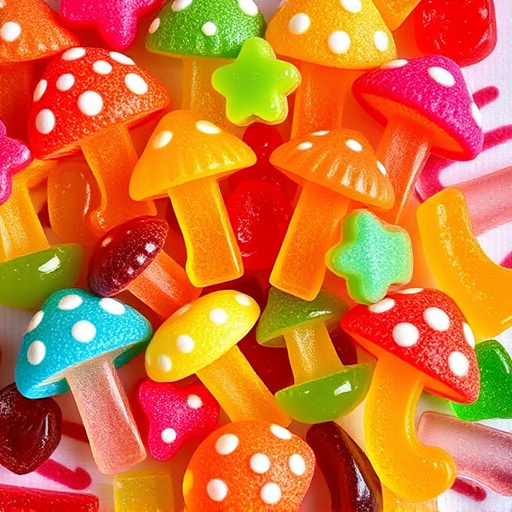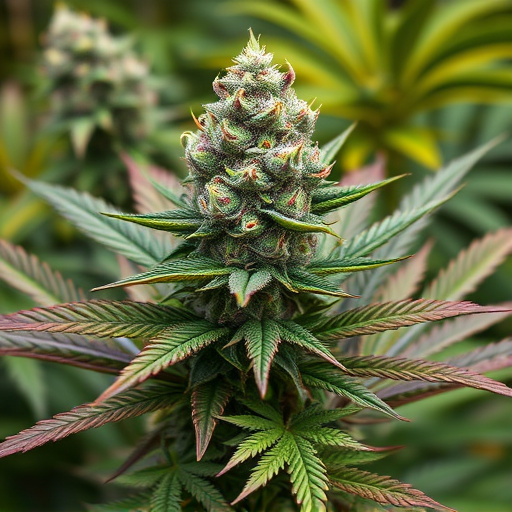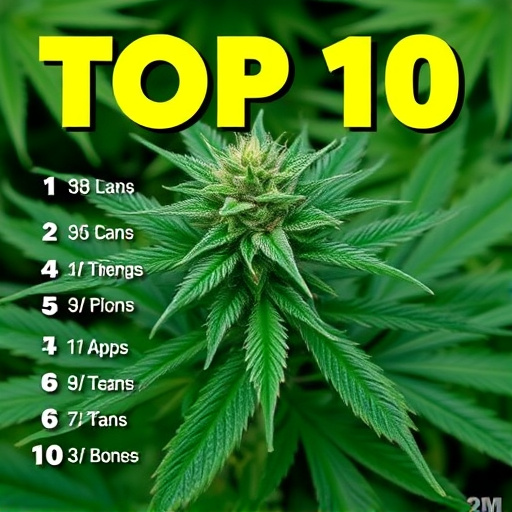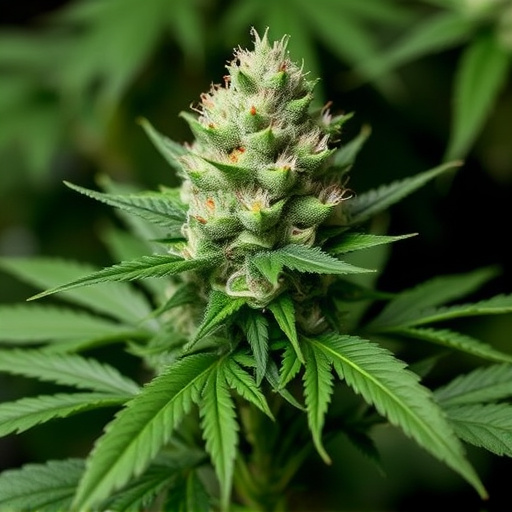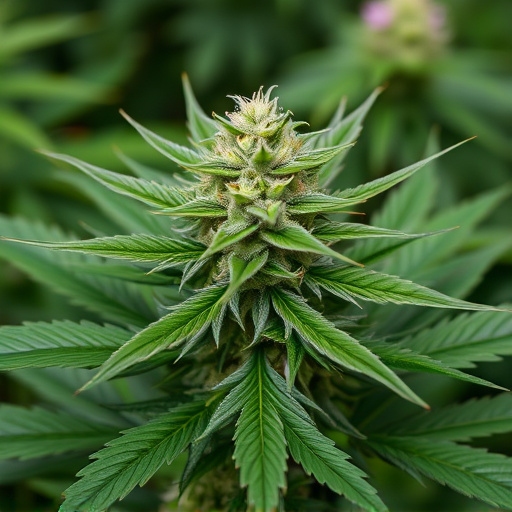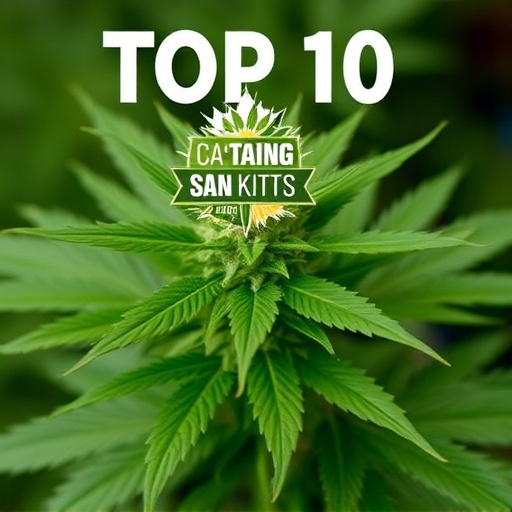The potency of cannabis buds declines post-harvest due to environmental factors, impacting cannabinoid profiles especially THC. Top 10 strains like Granddaddy Purple, OG Kush, Blue Dream, and Girl Scout Cookies are known for high THC content, which can exceed 25%. Cultivation methods, growing conditions, curing processes, and precise harvesting techniques significantly affect final potency. Optimal temperatures (20-30°C), humidity, light exposure, and soil pH management help preserve these strains' iconic strength during growth. Hand harvesting at peak maturity (7-9 weeks) ensures higher cannabinoid concentrations in buds compared to machine harvesting.
“Uncover the secrets behind the declining potency of cannabis flowers and learn how to preserve their power. Understanding the factors that influence potency loss—from environmental conditions to harvesting techniques—is key to ensuring top-quality bud. Discover the top 10 cannabis strains renowned for their remarkable longevity and potency, as well as expert storage tips to maintain these desirable attributes over time. Optimize your cannabis experience by mastering these essential insights.”
- Factors Influencing Cannabis Flower Potency Decline
- – Environmental conditions during growth
- – Harvesting time and methods
Factors Influencing Cannabis Flower Potency Decline
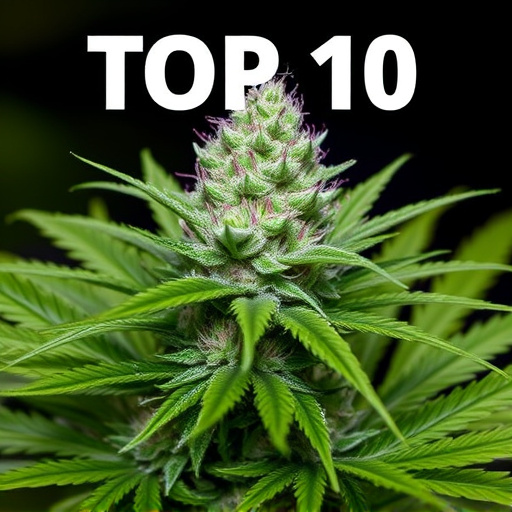
The potency of cannabis flowers, or buds, can start to decline soon after harvesting, and several factors play a role in this process. One of the primary influences is time; as cannabis ages, its cannabinoid profiles, particularly THC (tetrahydrocannabinol), tend to degrade naturally. Exposure to oxygen, light, and moisture significantly accelerates this degradation, making it essential to store cannabis properly in airtight containers, away from direct sunlight.
Additionally, different cannabis strains exhibit varying levels of potency and unique chemical compositions. The top 10 strains of cannabis known for their high THC content include Granddaddy Purple, OG Kush, Blue Dream, and Girl Scout Cookies. While these strains may start with potent profiles, factors like cultivation methods, growing conditions, and curing processes can impact the final product’s potency. Curating high-quality cannabis involves careful monitoring of these variables to ensure consumers receive the desired effects.
– Environmental conditions during growth
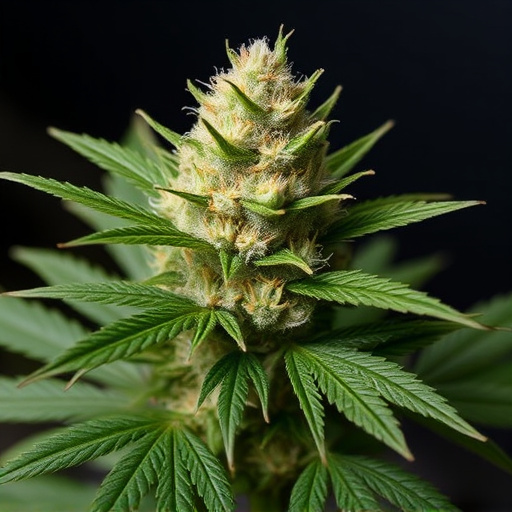
Cannabis plants, like any other, are highly sensitive to their environment during growth, which significantly impacts final product quality and potency. From temperature and humidity levels to light exposure and soil composition, every variable plays a crucial role in determining when cannabis flowers lose their potency. For instance, strains grown in optimal conditions with consistent 20-30°C temperatures, moderate humidity, and 18 hours of light daily tend to maintain higher THC levels for longer periods. Conversely, plants subjected to extreme fluctuations or inadequate care may experience premature aging and reduced cannabinoid production, leading to a faster loss of potency.
When it comes to the top 10 strains of cannabis known for their potent profiles, environmental factors become even more critical. Strains like OG Kush, known for its high THC content, require meticulous cultivation to preserve its iconic strength. Growers must carefully monitor climate control systems, maintain optimal pH levels in soil, and ensure plants receive adequate nutrition to support robust cannabinoid synthesis. Similarly, other popular strains like Blue Dream and Girl Scout Cookies demand similar attention to environmental conditions, ensuring their potent reputation remains intact when cannabis flowers are harvested.
– Harvesting time and methods
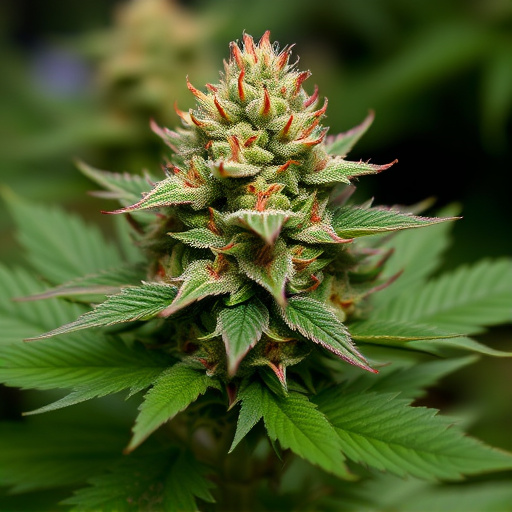
The timing of harvesting plays a pivotal role in determining the potency of cannabis flowers. Typically, growers aim to harvest plants when they’ve reached peak maturity, indicated by vibrant colors and sticky resin. This usually occurs between 7-9 weeks after vegetative growth begins. However, even within this window, the optimal time can vary depending on desired effects and specific strain characteristics.
Different harvesting methods also influence potency. Hand harvesting allows for careful selection of mature buds, ensuring a higher concentration of cannabinoids. Machine harvesting, while efficient, might collect less potent leaves and smaller flowers. Among the top 10 strains of cannabis known for their potent profiles, timing and method become even more critical. Strains like Blueberry, OG Kush, and Girl Scout Cookies are renowned for their high THC levels—often exceeding 25%—requiring precise harvesting to preserve these remarkable potencies.
As environmental factors and harvesting techniques play significant roles in determining cannabis flower potency, understanding these elements is key for cultivators. By optimizing growth conditions and adopting best practices during harvest, producers can ensure that the top 10 strains of cannabis maintain their desired effects. Regular monitoring and adjustments throughout the cultivation process are essential to preserving potency, ultimately providing consumers with consistent and high-quality products.
